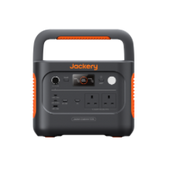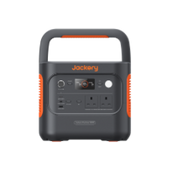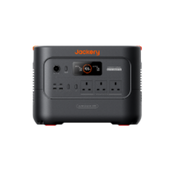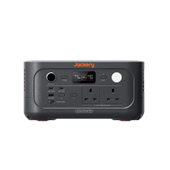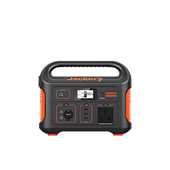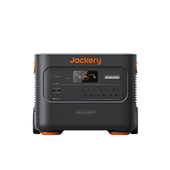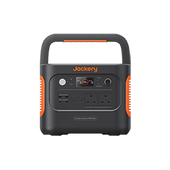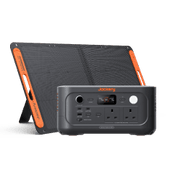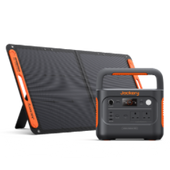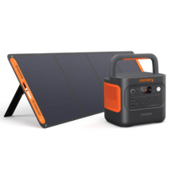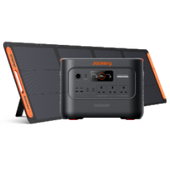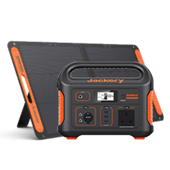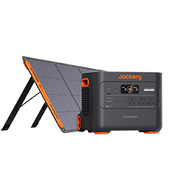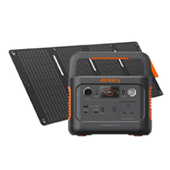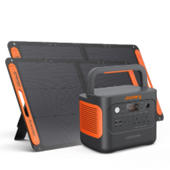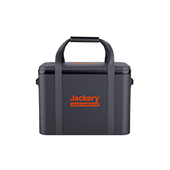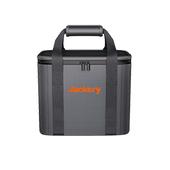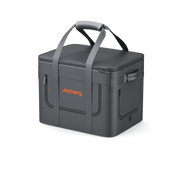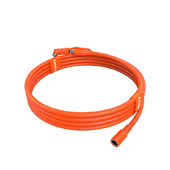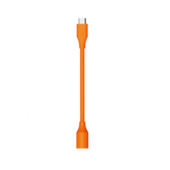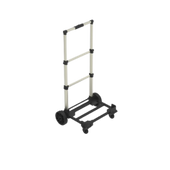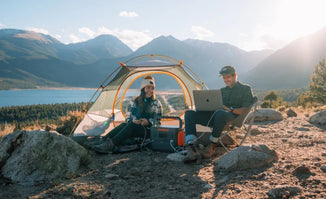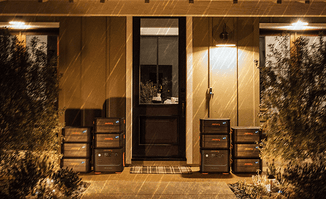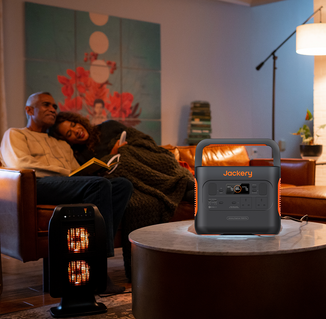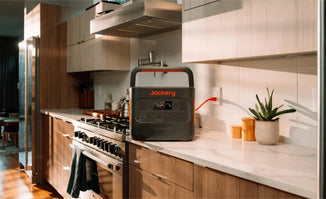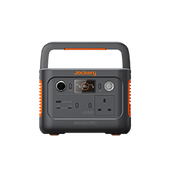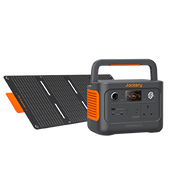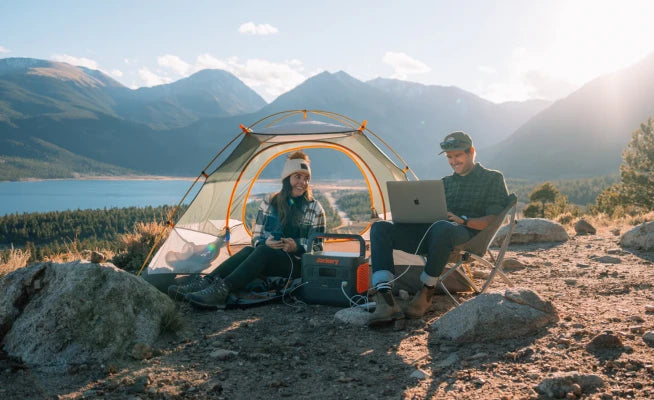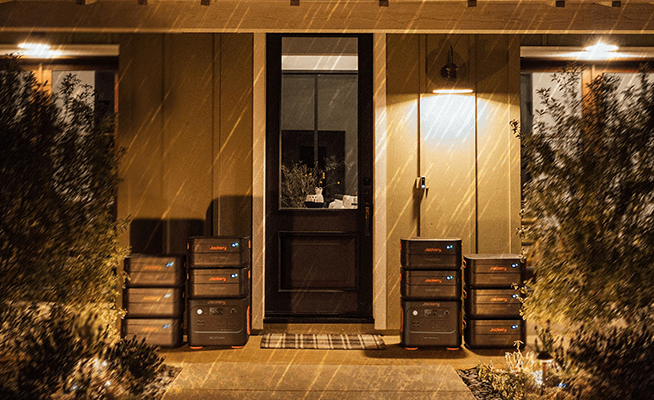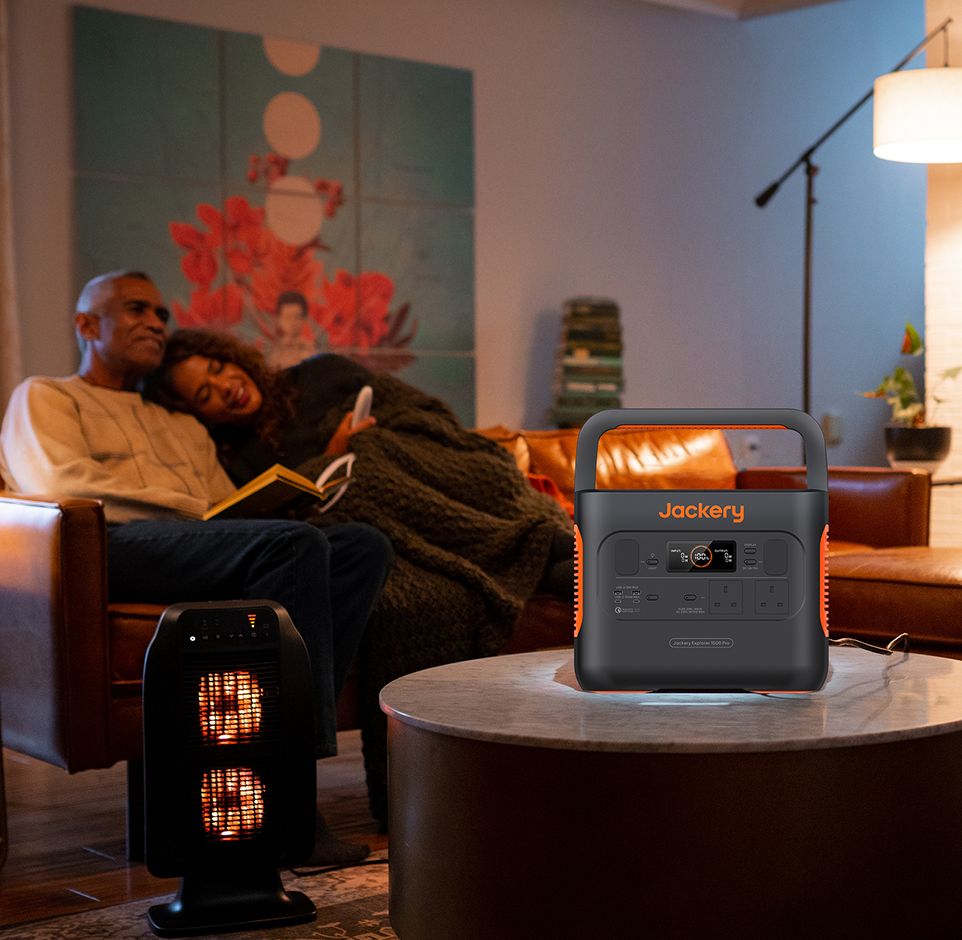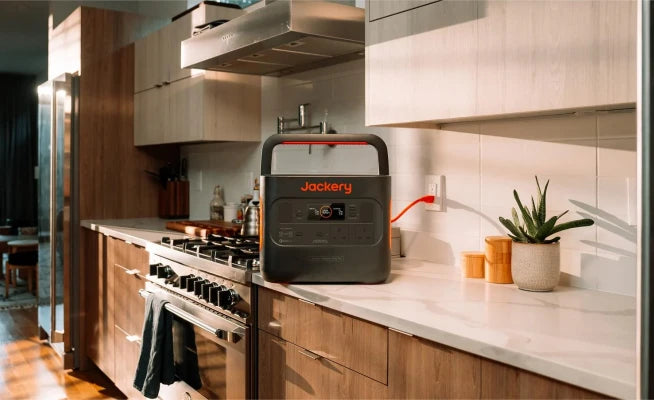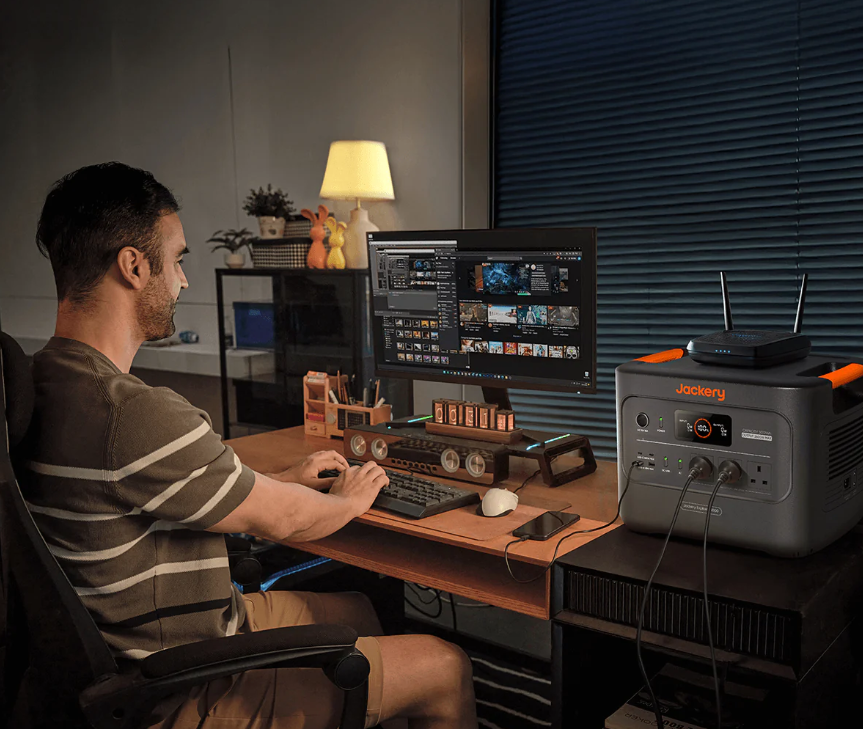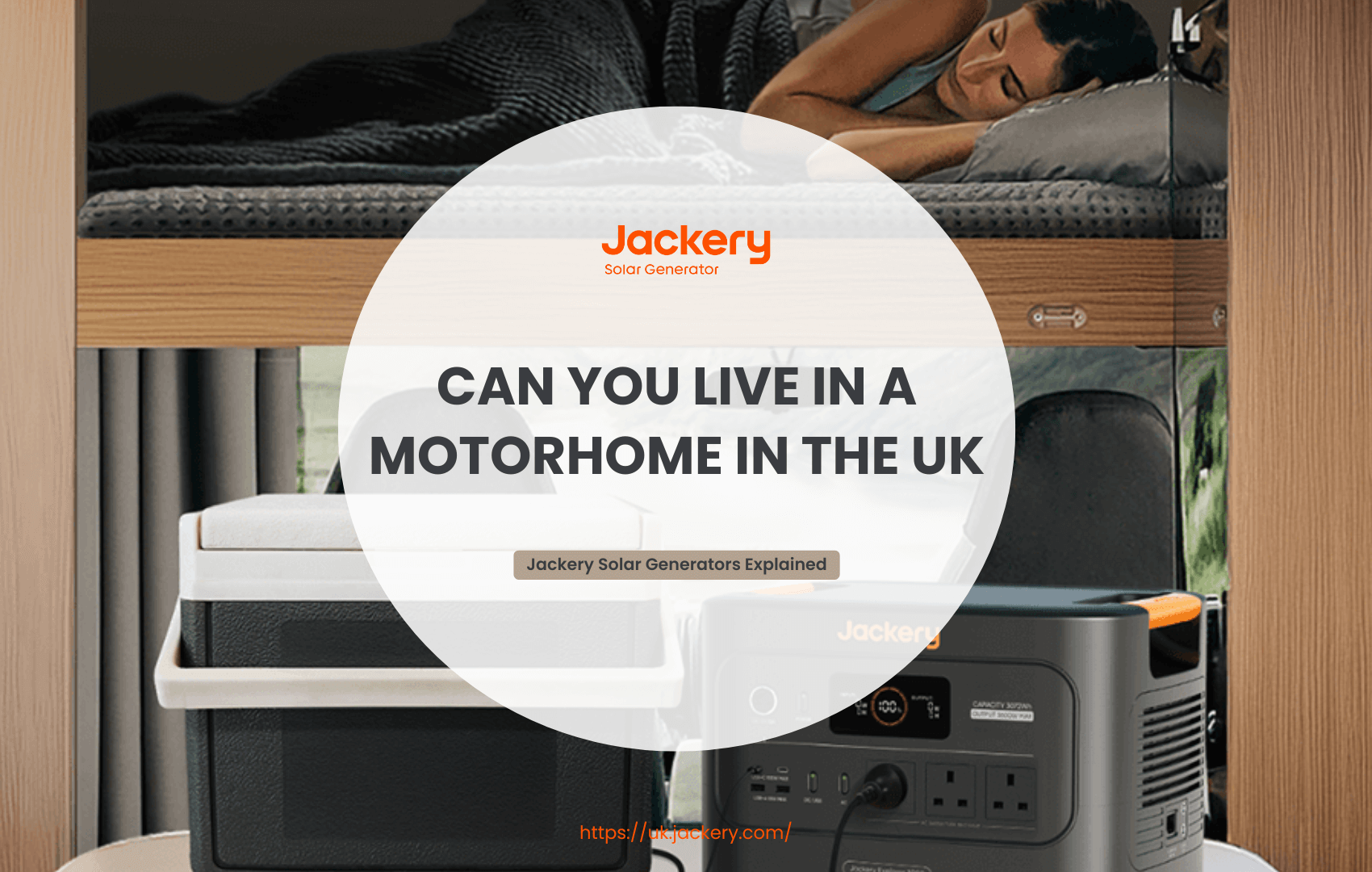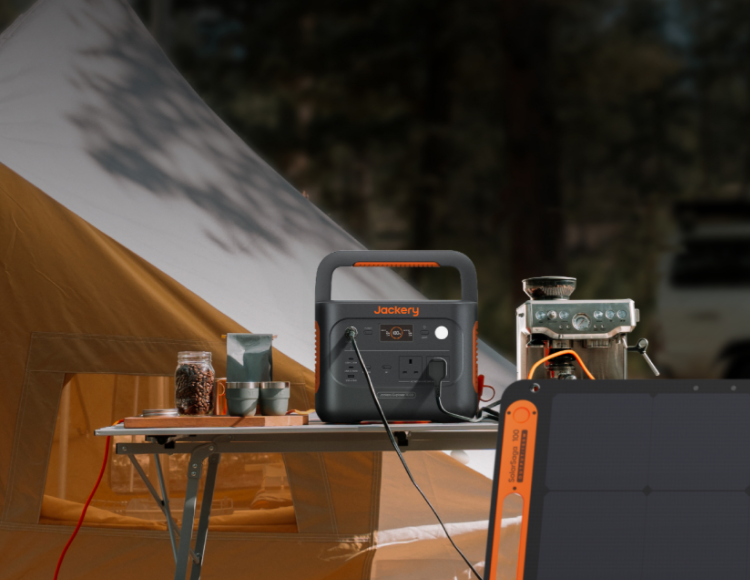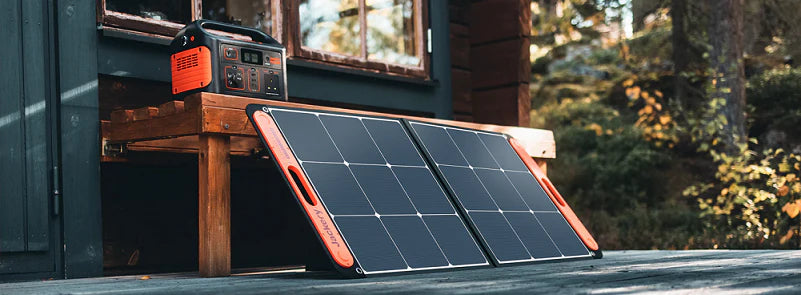The shift to remote work has brought undeniable freedoms, hasn't it? No more battling the rush hour, a more flexible schedule… but let’s be honest, the reality of commandeering the spare bedroom or setting up shop at the kitchen table often falls a little short of the idyllic picture.
The kids bursting in mid-call, the lure of household chores, the constant blurring of where 'work' ends and 'home' begins – it can all take its toll on productivity and sanity. Space becomes a premium, and finding a truly dedicated area for focused work within the main house can feel like a never-ending negotiation.
But what if there was a way to carve out your own professional sanctuary, a tranquil haven just steps from your back door? Enter the office garden pod: the ultimate solution for a dedicated, peaceful, and, crucially, productive workspace right here in the UK.
It emerges as a space free from household distractions, offering a clear physical and mental boundary between your work life and your home life. And with advancements in technology, even powering your off-grid pod with a quiet generator is now a seamless reality. Let’s explore how you can ditch the domestic chaos and create your perfect garden office retreat.
How to Plan A Garden Pod Office
Jumping straight into building without a solid plan can lead to headaches and hidden costs. To ensure your outdoor office is a long-term success, it’s crucial to think through the practicalities first. Here’s a breakdown of the key considerations for your project.
Planning Permission & Regulations
First, the paperwork. The good news is that in the UK, most garden offices are considered 'permitted development', meaning you won't need full planning permission. However, this comes with conditions. Generally, your pod office must:
- Be single-storey and under 2.5 metres high if it's within two metres of your property boundary.
- Do not take up more than 50% of your total garden area.
- Not to be used as a self-contained living accommodation (i.e., no sleeping in it!).
Rules can vary, especially if you're in a Conservation Area or a National Park, so a quick visit to your local council's website or the government's Planning Portal is always a wise first step.
Location & Orientation
Think like a strategist. Where will your pod sit? You'll want a spot that feels separate from the house but is still easily accessible. Consider the path you'll walk every morning – will it get muddy in winter? Also, think about the sun.
Positioning your main window to face north or east will give you consistent, gentle light without the glare and overheating that can come from a south-facing aspect. Finally, consider your neighbours and ensure your new office doesn't block their light or overlook their property.
Size & Layout
Be realistic about the space you need. Before you decide on a size, map out your essentials: your desk, chair, storage units (like shelving or a filing cabinet), and perhaps a comfortable armchair for reading breaks. Leave enough clear floor space to move around freely without feeling cramped.
A well-planned 3m x 2.5m pod can feel more spacious and functional than a poorly laid-out 4m x 3m one.
Structure & Materials
This is where your office garden pod really takes shape. The two most popular construction methods are:
- SIPs (Structurally Insulated Panels): These prefabricated panels are incredibly well-insulated and allow for a very quick build time. They offer excellent thermal performance, making them a top choice for a year-round office.
- Traditional Timber Frame: A classic for a reason. This method offers great flexibility in design and can be a more budget-friendly option if you're a keen DIYer.
For the exterior, consider low-maintenance cladding like cedar or composite boards that can withstand the British weather without needing constant treatment.
Insulation & Ventilation (Crucial for the UK!)
Don't underestimate our climate. Proper insulation in the floor, walls, and roof is non-negotiable if you want a space that’s warm in February and cool in July. Good quality insulation will save you a fortune in heating costs. Equally important is ventilation.
A simple trickle vent in a window or a small extractor fan is essential to allow air to circulate, preventing the stuffy feeling and condensation that can build up in a small, airtight space.
Doors, Windows & Security
Your garden office will house valuable equipment, so security is key. Opt for high-quality, double-glazed uPVC or aluminium doors and windows with robust, insurance-approved locks.
Bi-fold or large sliding doors can be fantastic for opening the space up on sunny days, helping to blur the line between your office and garden, and creating a wonderfully calm working environment.
How to Power a Garden Office?
You've planned the perfect structure, but there's one major hurdle left: how do you power your new professional life? The traditional route involves hiring an electrician to dig a trench and lay expensive armoured cabling from your house. It’s a disruptive, costly, and permanent solution. What if you want flexibility? What if you want a cleaner, smarter way?
The answer lies in a modern, self-sufficient power source. Forget noisy, smelly petrol generators that would shatter the peace of your garden retreat. The ideal solution is a powerful, silent, and sustainable solar generator.

For a fully-equipped outdoor office, we recommend the Jackery Solar Generator 3000 v2. It combines a high-capacity portable power station with efficient solar panels, giving you complete energy freedom. It's the leading portable power station UK homeowners are choosing to create a truly off-grid workspace.
What Can It Actually Run, and For How Long?
The Jackery Explorer 3000 v2 Portable Power Station is a workhorse, designed to handle all your office essentials and more. With its massive 3072Wh capacity and 3600W output, you won't have to compromise.
Here’s a look at what a typical workday powered by the portable power station looks like:
Your Core Tech Hub
Powering a laptop (~65W), a large external monitor (~40W), a Wi-Fi router (~10W), and an LED desk lamp (~5W) simultaneously draws about 120W. The Jackery 3000 v2 could run this entire setup for over 18.4 hours straight—that's nearly 2 full 8-hour workdays on a single charge.
Creature Comforts
The 3000W pure sine wave inverter means it can handle high-wattage appliances that smaller units can't.
- The All-Important Kettle: Need a brew? It can easily power a standard 2200W electric kettle to boil water for your tea and coffee throughout the day.
- Winter Warmth: On a chilly morning, it can run a 1500W fan heater for nearly two hours, giving you that crucial boost of warmth to get your day started comfortably.
Keeping Connected
You can keep your smartphone, tablet, and wireless headphones charged all day without making a dent in the battery capacity.
|
Office Device |
Typical Power / Battery |
Performance with Jackery 3000 v2 |
|
Laptop |
60Wh Battery |
Approx. 31 Recharges |
|
Smartphone |
18Wh Battery |
Approx. 65 Recharges |
|
Tablet |
35Wh Battery |
Approx. 45 Recharges |
|
Large Monitor (27") |
40W |
Approx. 42 Hours of Runtime |
|
Wi-Fi Router |
10W |
Approx. 81.6 Hours of Runtime |
|
LED Desk Lamp |
8W |
Approx. 87 Hours of Runtime |
|
Fan Heater |
1500W |
Approx. 1.7 Hours of Runtime |
|
Electric Kettle |
2200W |
Approx. 27 Kettles Boiled |
The "solar" part of the generator means you can connect Jackery SolarSaga solar panels and recharge the unit for free using only sunlight.
On a bright day, you can be powering your office while simultaneously topping up the battery, creating a truly endless and sustainable power cycle for your home offices. It’s the ultimate in plug-and-play, silent, and clean energy.

Building Garden Office Regulations
Before you start pricing up cladding or choosing a desk, it's essential to understand the two main sets of rules that govern garden buildings in the UK: Planning Permission and Building Regulations.
They sound similar but cover different things. Getting this right from the start will ensure your project is stress-free and fully compliant.
Planning Permission: Can I build it here?
Planning Permission deals with the use of the land and the impact of a structure on its surroundings. The good news is that most home offices in a garden are considered 'Permitted Development' (PD), which means you don't need to apply for formal permission. However, to qualify for PD, you must follow a strict set of rules:
- Height is Key: If your garden office is within two metres of any boundary (like your neighbour's fence), its total height cannot exceed 2.5 metres. If it's more than two metres away, you can go up to 4 metres with a dual-pitched roof, or 3 metres for a flat or single-sloped roof.
- Location, Location: The pod must be located in your back or side garden, never in front of the "principal elevation" (the front) of your house.
- Garden Coverage: Your new office, combined with any existing sheds or extensions, must not cover more than 50% of the total land around your original house.
- Use is Crucial: It must be for a purpose "incidental" to the enjoyment of the main house. A home office for personal work fits this perfectly. However, it cannot be used as a self-contained living accommodation (e.g., a bedroom or annexe).
- Designated Land: If you live in a Conservation Area, National Park, or Area of Outstanding Natural Beauty (AONB), your Permitted Development rights are more restricted. You will likely need to apply for permission, so always check with your local authority first.
Building Regulations: Is it built correctly?
Building Regulations are concerned with the quality of the construction itself, covering aspects like structural safety, fire safety, insulation, and ventilation.
For a detached pod office, you generally do not need Building Regulations approval if the internal floor area is less than 15 square metres and it contains no sleeping accommodation.
If the internal floor area is between 15 and 30 square metres, you are still exempt, provided it contains no sleeping accommodation AND is either built at least one metre from any boundary or is constructed from substantially non-combustible materials.
Any outdoor office with an internal floor area over 30 square metres will need to comply with Building Regulations. It's also important to note that any new electrical installation connecting to your house's mains supply must be certified by a qualified electrician under Part P of the Building Regulations, regardless of the pod's size.
Disclaimer!
This is a general guide. It is always best practice to double-check the specifics with your local planning authority before commencing any work.
Your New Commute Awaits
From navigating planning rules to choosing the right materials, creating your ideal outdoor office is a journey of practical steps. And with modern, clean energy solutions, the final piece of the puzzle—power—is simpler and more sustainable than ever before.
Are you ready to create a workspace that works for you? Power your productivity with a clean, silent, and reliable source.
Explore Jackery solar power solutions and discover how easy it is to achieve complete power independence for your garden office. Visit the Jackery to learn more.



